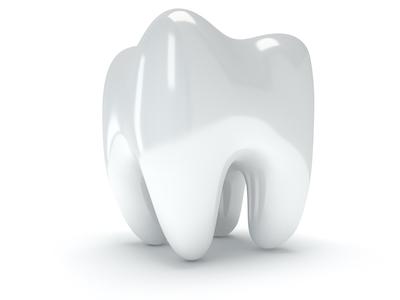
Navigating the road to optimal oral health can be tricky. In some cases, strange as it sounds, “addition by subtraction” is the best option for both your oral and overall well-being. We’re talking, of course, about tooth extractions.
Despite a somewhat scary reputation, tooth extractions are routine procedures that are vital to alleviating oral pain, preventing the spread of infection and decay, and minimizing the risk of major dental issues in the future.
In this comprehensive guide, we’re exploring the tooth extraction process, identifying why dental extractions are necessary, outlining a proper post-extraction care plan, exploring tooth replacement options, and examining the interesting case of wisdom teeth.
The Tooth Extraction Process
The process for extracting a troublesome tooth involves specific steps, equipment, and techniques to ensure a successful outcome and a comfortable experience for the patient. Here’s a step-by-step breakdown of the process:
- Evaluation. X-rays and a physical assessment by a dentist of the tooth in question to determine whether extraction is necessary. If an extraction is necessary, another appointment may be scheduled for the procedure.
- Anesthesia. One of the first things your dentist will do on the day of your procedure, to both minimize discomfort for you and create an easier working environment for the dental care team, is administer local anesthesia.
- Tooth removal. Once you are comfortably in the chair and comfortably numb, using special tools, your dentist will gently and gradually work the tooth loose in its socket until it can be easily removed. This process usually takes less than an hour. (Note that, in some cases, notably those of impacted wisdom teeth, the tooth may need to be sectioned into smaller pieces for easier removal.)
- Post-procedure care. After an extraction, your dentist will give you detailed post-procedure instructions for pain/swelling management and diet and schedule a follow-up appointment to assess your recovery.
Why Would Someone Need a Tooth Extraction?
There’s a variety of dental issues that can bring about the need for tooth extraction. Here are a few telltale signs that a person requires a dental extraction:
- Tooth decay that’s beyond the point of repair and now poses a threat to neighboring teeth.
- Severe gum disease that has created pockets of infection and/or caused a permanent tooth to come loose.
- Impacted third molars, or “wisdom teeth,” which often cause severe pain, carry a risk of infection, and can bring about crowding or misalignment among other teeth.
- Irreparable fractures or breakage resulting from impact or severe trauma.
Why Proper Post-Extraction Care Matters
Eliminating, or at least reducing the risk of complications in the aftermath of an extraction is vital. One major risk factor that must be protected against is that of “dry socket.” Dry socket is a condition that arises when the necessary blood clot at the site of the extraction dissolves prematurely and exposes the jawbone underneath, creating a risk of infection that can threaten both oral and overall health. Here are some ways to minimize dry socket risk:
- Practice good oral hygiene after an extraction, but remember to be gentle. Avoid exposing the extraction site to physical stressors like vigorous brushing, flossing, or rinsing for at least a few days afterward, allowing the extraction site to heal.
- Take pain medication prescribed by your dentist as necessary.
- For a few days post-extraction, stick to a soft-food diet.
- Avoid smoking and alcohol consumption for at least 48 hours after the procedure.
Another Major Post-Extraction Risk: Tobacco
 Smoking or using smokeless tobacco products after an extraction increases the risk of complications, the most common of which include:
Smoking or using smokeless tobacco products after an extraction increases the risk of complications, the most common of which include:
- Dry socket. The act of sucking on a cigarette or cigar, combined with smoking causing reduced blood flow to the mouth, can impede the formation of the blood clot that’s necessary for proper healing.
- Delayed healing. Both cigarettes and smokeless tobacco can result in a prolonged recovery process.
- Increased infection risk. Smoking compromises the immune system. A byproduct of this is increased susceptibility to post-op infection.
The Top Tooth Replacement Options
- Dental implants. Artificial roots that are surgically implanted, fuse permanently with the jawbone and are typically capped with a crown. Implants are the longest-lasting and most natural-looking tooth replacement solution.
- Dental bridges. Prosthetic devices containing replacement teeth that are anchored to adjacent teeth to bridge the gap left by tooth loss.
Quick, Comfy, and Painless Dental Extractions in Germantown MD
If you’re in the Germantown area and think you might need a tooth extraction and want a top-notch oral care team to guide you through the process from consultation through healing, contact dentist Dr. Fernando Archuleta and the Century Dental team to schedule a consultation.

